A 26" city e-bike is commonly equipped with disc brakes—either mechanical or hydraulic—because they provide reliable, consistent stopping power essential for urban riding. Disc brakes offer superior performance in wet or variable conditions compared to rim brakes, enhancing rider safety and control on city streets, especially given the heavier weight and higher speeds of electric bikes.
What Are Disc Brakes and How Do They Work on a 26" City E-Bike?
Disc brakes on a 26" city e-bike consist of a rotor attached to the wheel hub and brake calipers that squeeze brake pads against the rotor to slow or stop the bike. Mechanical disc brakes use a cable-actuated system, while hydraulic disc brakes use fluid pressure for more precise modulation. Both types provide strong braking power that is less affected by weather or wheel wear, making them ideal for the stop-and-go demands of city riding. How Do Affordable Electric Bikes Maintain Long Battery Life?
Why Are Disc Brakes Preferred Over Rim Brakes for 26" City E-Bikes?
Disc brakes offer superior stopping power and performance in all weather conditions, making them ideal for city riding. Unlike rim brakes, they provide consistent braking even in rain or mud, improving safety. They also cause less wear on the wheel rims, extending wheel life. Additionally, disc brakes allow better heat dissipation during prolonged braking, reducing brake fade on hilly routes. These benefits make disc brakes the preferred choice for reliable, efficient stopping on 26" city e-bikes.
Disc brakes outperform rim brakes in several ways:
- Consistent braking power: Disc brakes maintain performance in rain, mud, and dust.
- Better heat dissipation: Large rotors prevent brake fade on long descents.
- Less wheel wear: Unlike rim brakes, discs do not wear down the wheel rim.
- Improved modulation: Hydraulic discs especially offer smoother, more controllable braking.
These advantages make disc brakes safer and more reliable for the typical urban environments where 26" city e-bikes operate.
How Do Mechanical Disc Brakes Compare to Hydraulic Disc Brakes on 26" City E-Bikes?
Mechanical disc brakes are cable-operated, simpler, and easier to maintain, offering moderate stopping power sufficient for most city riding. Hydraulic disc brakes provide stronger, more consistent braking with better modulation and require less frequent adjustment but are more complex and costly to service. Both are commonly found on 26" city e-bikes, with mechanical discs favored for affordability and ease of repair, and hydraulic discs preferred for performance and safety.
| Brake Type | Mechanical Disc Brakes | Hydraulic Disc Brakes |
|---|---|---|
| Actuation | Cable-operated | Fluid pressure |
| Maintenance | Simple, user-serviceable | Complex, professional service |
| Braking Power | Moderate, reliable | Stronger, smoother |
| Cost | Lower | Higher |
| Weather Performance | Good, but cable stretch possible | Excellent |
Which TST EBike 26" Models Feature Disc Brakes?
TST EBike offers multiple 26" city e-bike models equipped with mechanical disc brakes, balancing cost-effectiveness and dependable stopping power for urban riders. These models typically include Shimano 7-speed transmissions and 36V or 48V battery systems, designed for daily commuting and moderate cargo loads. The mechanical disc brake system complements the 26" wheel size by providing consistent braking performance suitable for city terrains.
How Do Disc Brakes Perform in Different Weather Conditions on 26" City E-Bikes?
Disc brakes maintain effective stopping power in wet, muddy, or dusty conditions better than rim brakes. Mechanical discs may require more frequent cable adjustments in adverse weather, while hydraulic discs self-adjust and offer superior performance. Regular maintenance, such as cleaning rotors and replacing pads, ensures optimal braking regardless of weather, making disc brakes highly reliable for year-round urban use.
What Are the Maintenance Benefits of Mechanical Disc Brakes on 26" City E-Bikes?
Mechanical disc brakes are easier to maintain than hydraulic systems. Riders can adjust cable tension, replace brake pads, and fix minor issues with basic tools, making upkeep accessible and affordable. This simplicity benefits city commuters who may not have regular access to professional bike services, ensuring brakes remain responsive and safe.
Buying Tips
When selecting a 26" city e-bike with disc brakes, consider:
- Brake type: Mechanical discs offer cost-effective, easy maintenance; hydraulic discs provide superior braking performance.
- Wheel size: 26" wheels balance agility and comfort for city riding.
- Maintenance accessibility: Choose models with accessible brake components for DIY adjustments.
- Transmission: Shimano 7-speed systems enhance versatility on urban terrain.
- Battery capacity: Ensure battery voltage and amp-hours match your commute distance.
- Brand reputation: Opt for trusted brands like TST EBike known for quality control and customer support.
These factors ensure a safe, durable, and comfortable city e-bike experience.
TST EBike Expert Views
“Mechanical disc brakes on our 26-inch city e-bikes offer a perfect blend of simplicity and reliability for urban riders. They provide sufficient stopping power for everyday commuting and cargo hauling while being easy to maintain without specialized tools,” explains the TST EBike Engineering Team.
“Paired with Shimano 7-speed transmissions and robust battery systems, these e-bikes deliver dependable performance and value for city cycling,” adds a TST EBike Product Manager.
Frequently Asked Questions
Are disc brakes standard on 26" city e-bikes?
Most 26" city e-bikes come equipped with disc brakes, either mechanical or hydraulic, for better stopping power.
Can mechanical disc brakes handle wet weather?
Yes, though they may need more frequent adjustments than hydraulic systems.
Are hydraulic disc brakes worth the extra cost on city e-bikes?
Hydraulic brakes offer smoother, stronger braking but cost more and require professional maintenance.
How often should disc brakes be maintained?
Regular cable tension checks and pad replacements every few months or after heavy use keep them effective.
Why are 26" wheels popular for city e-bikes?
They provide a good balance of maneuverability and comfort on urban streets.
Disc brakes are a critical safety feature on 26" city e-bikes, offering reliable, consistent stopping power that enhances rider control and confidence in diverse urban conditions.

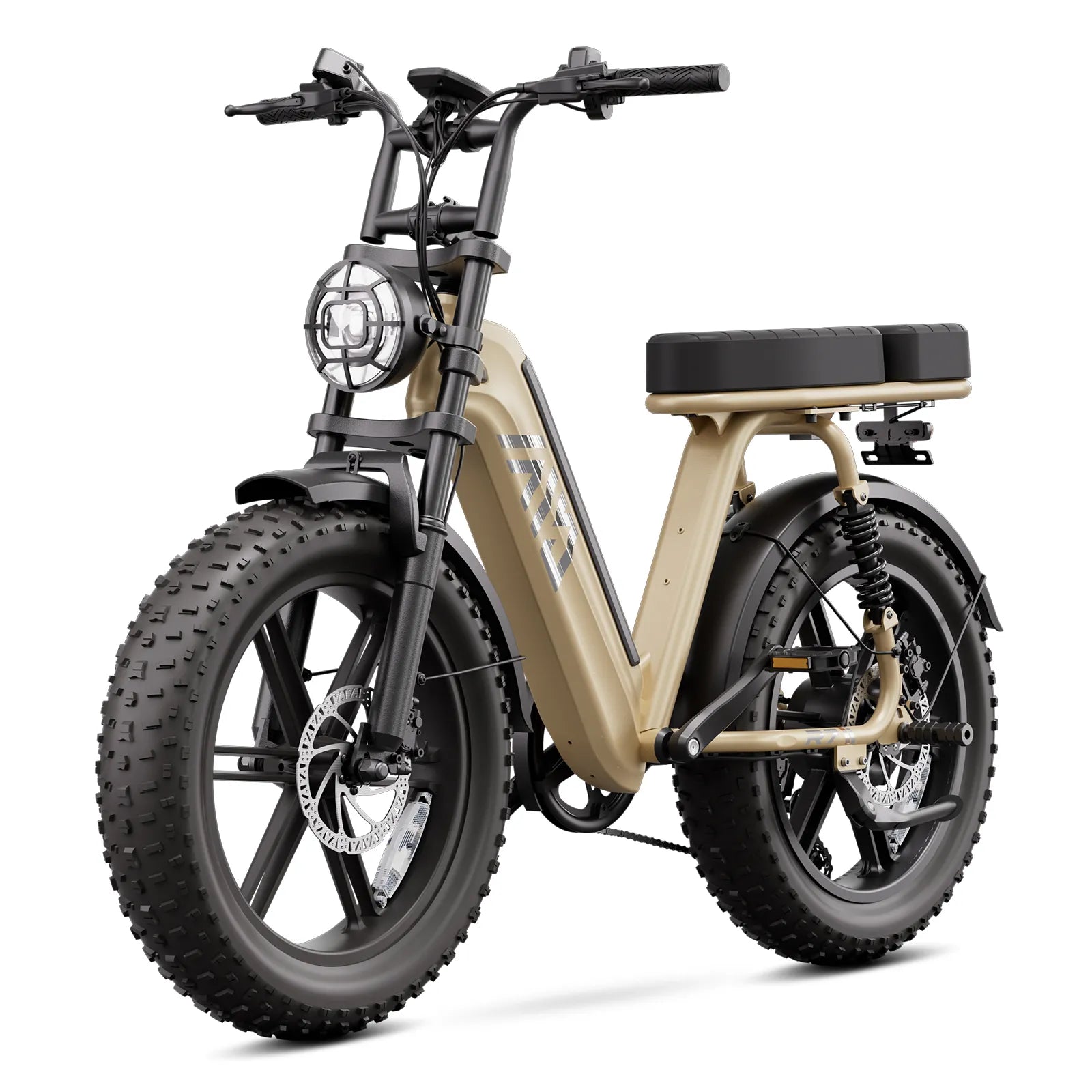
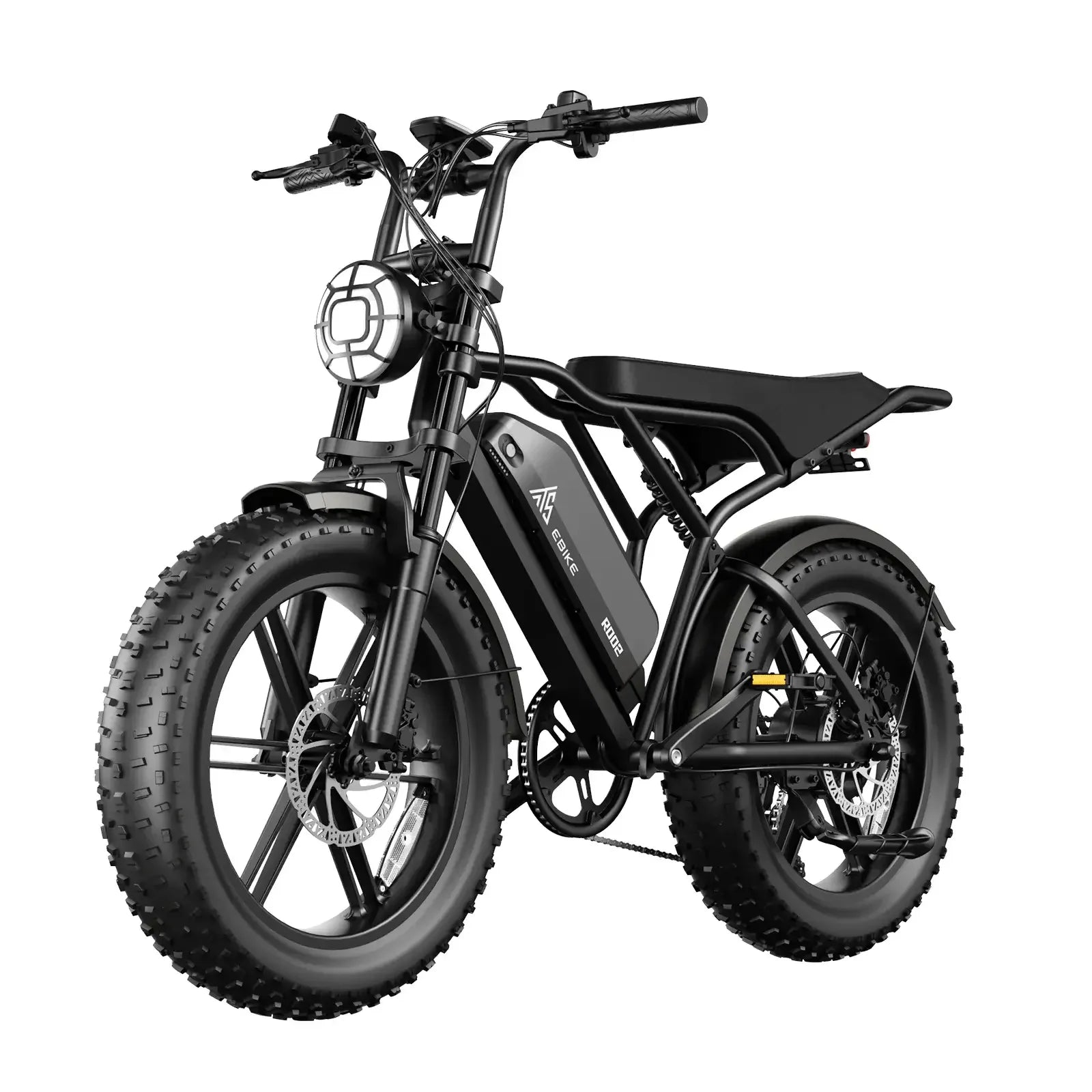
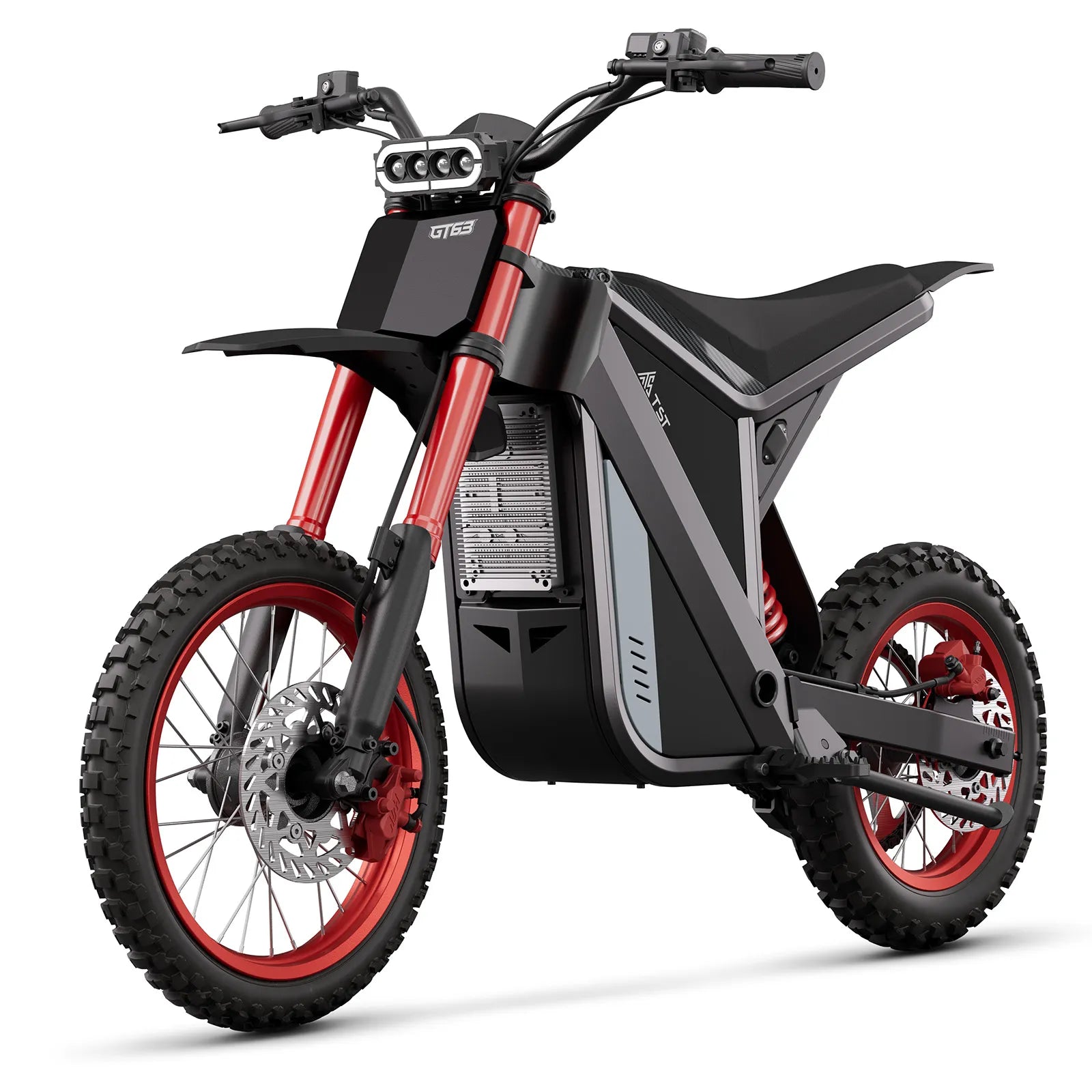
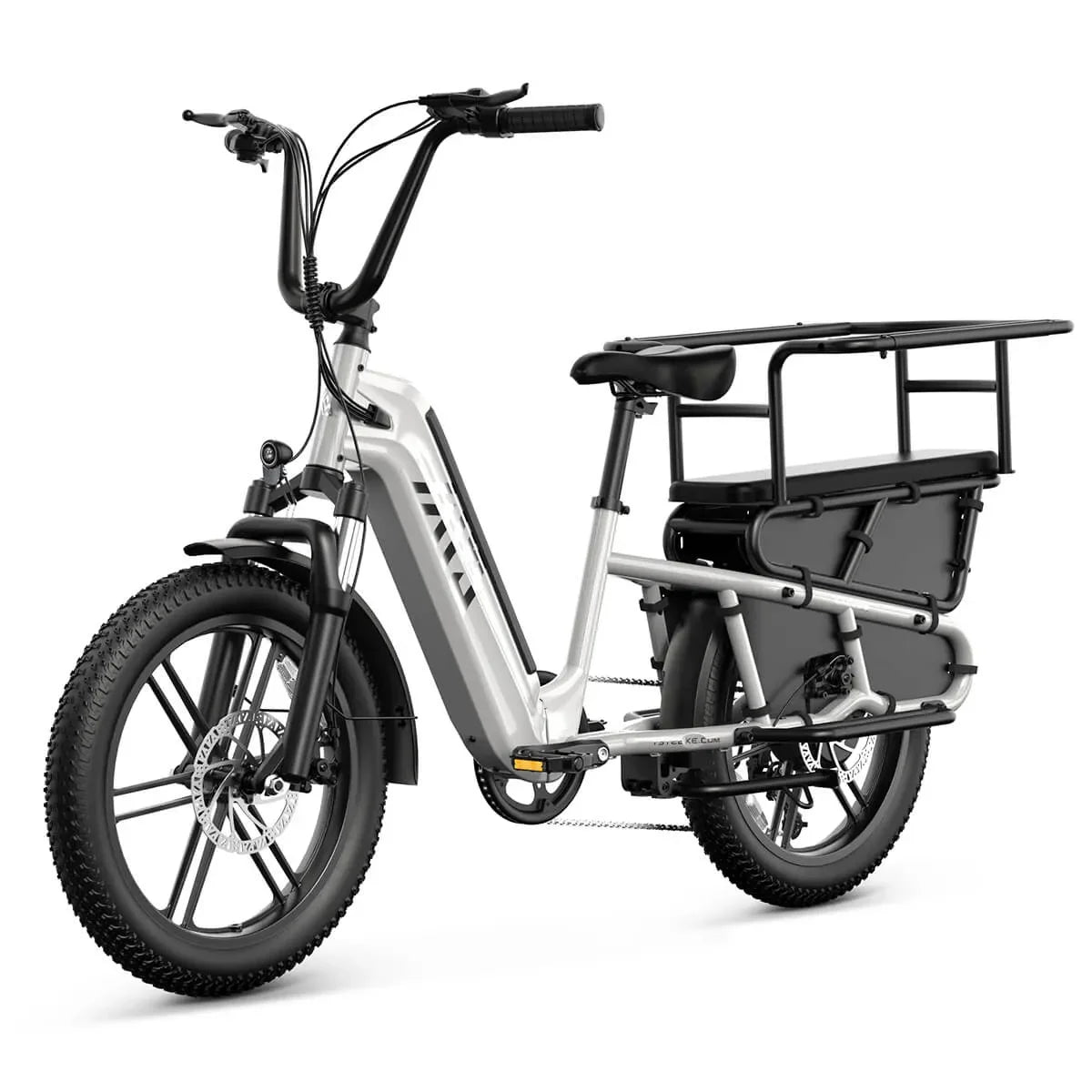
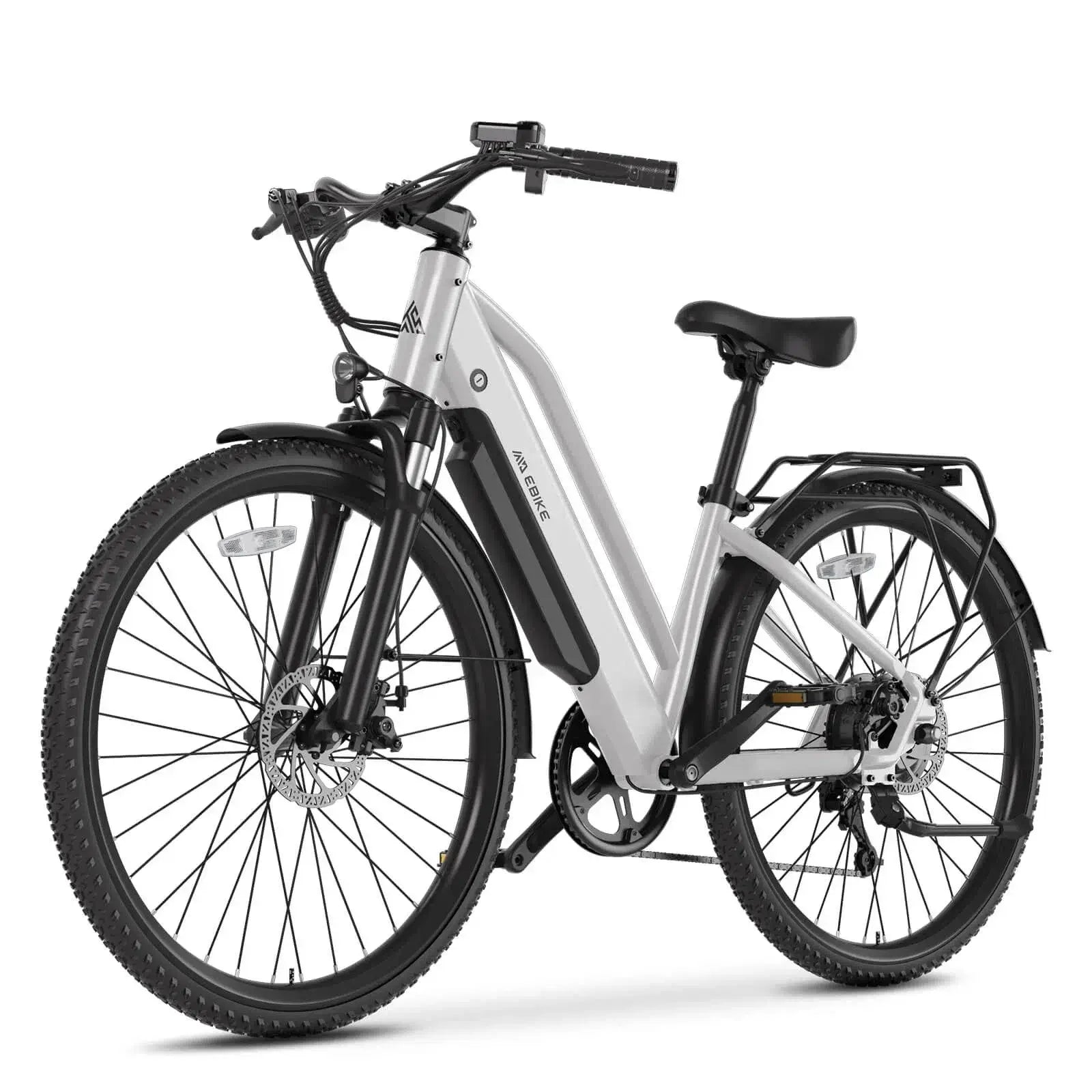
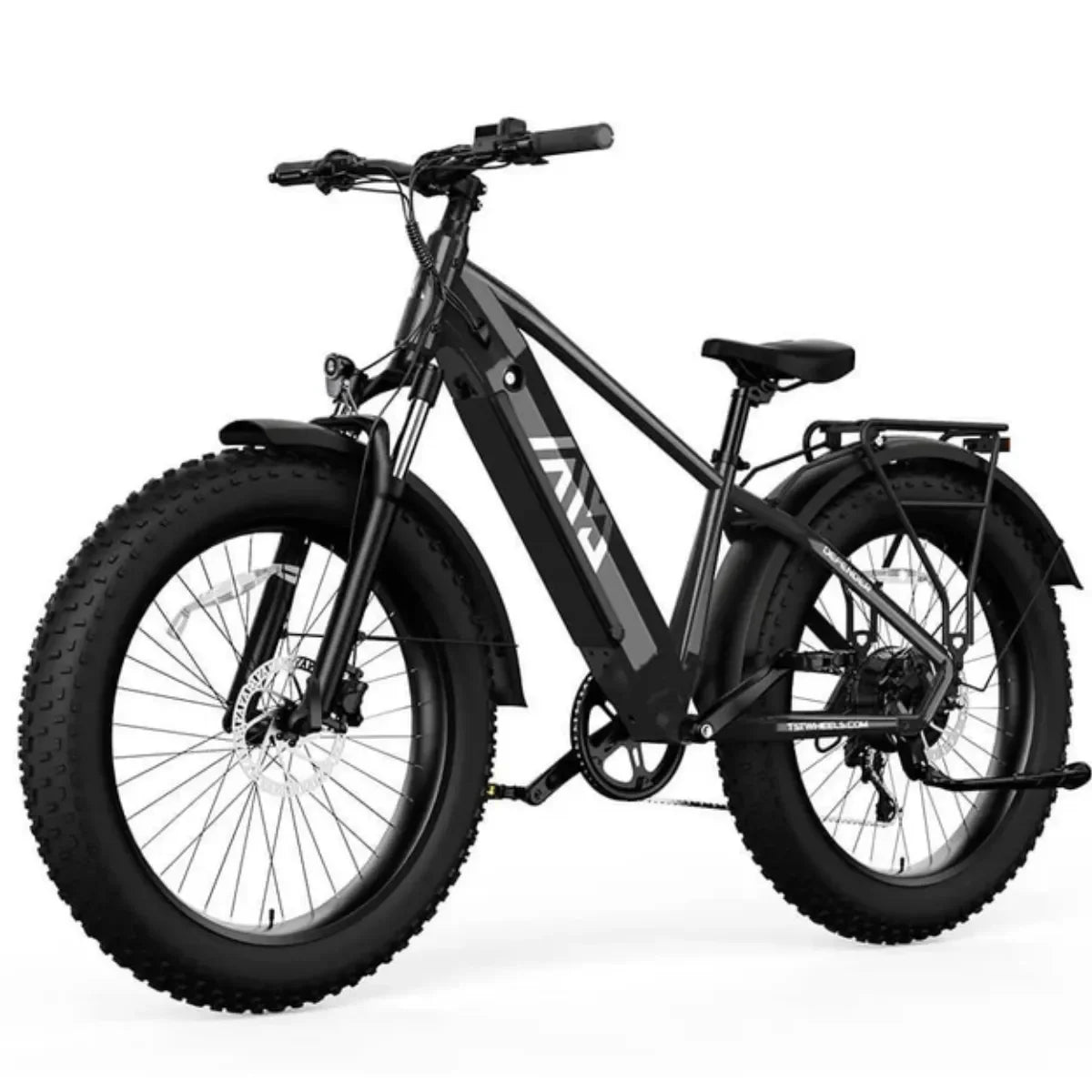
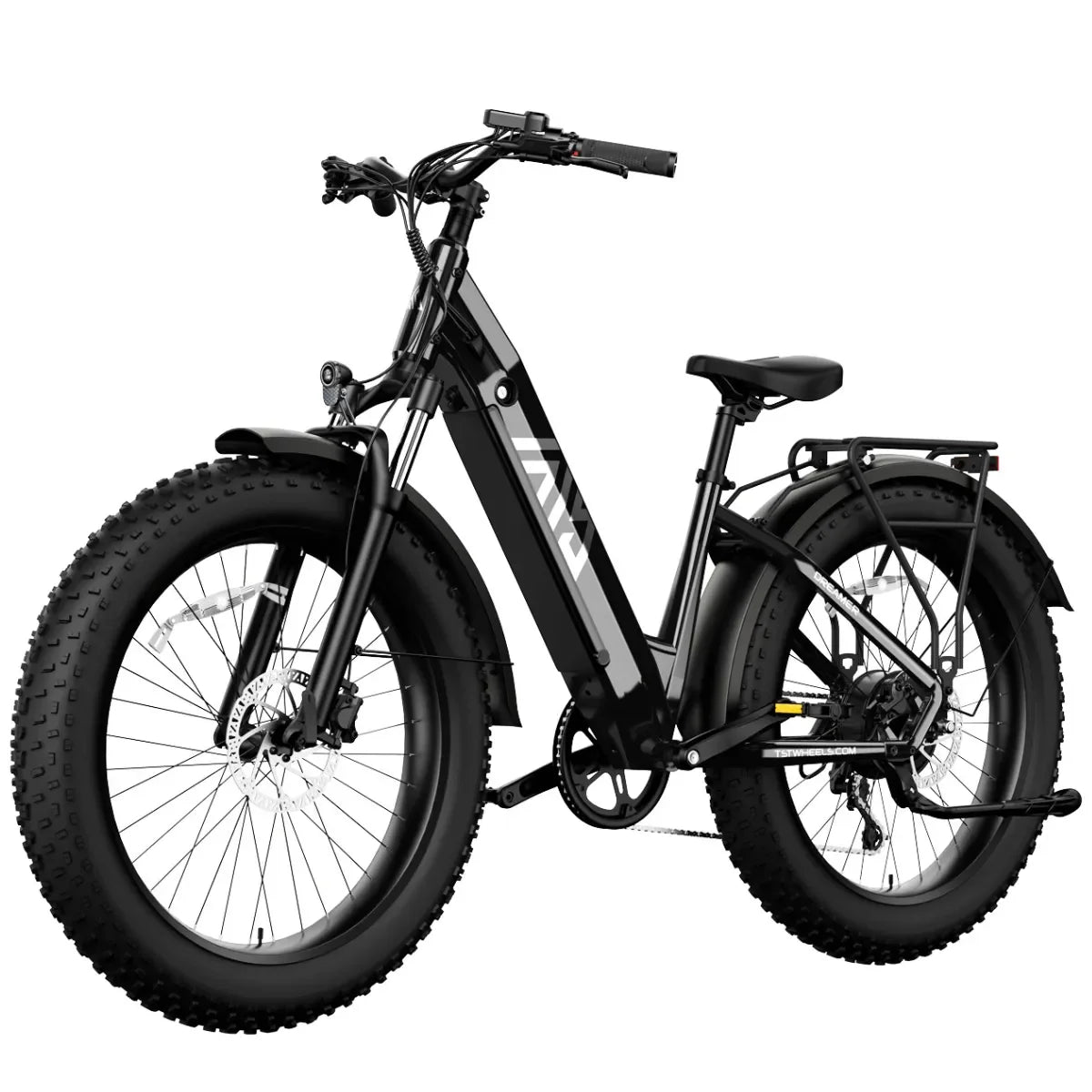
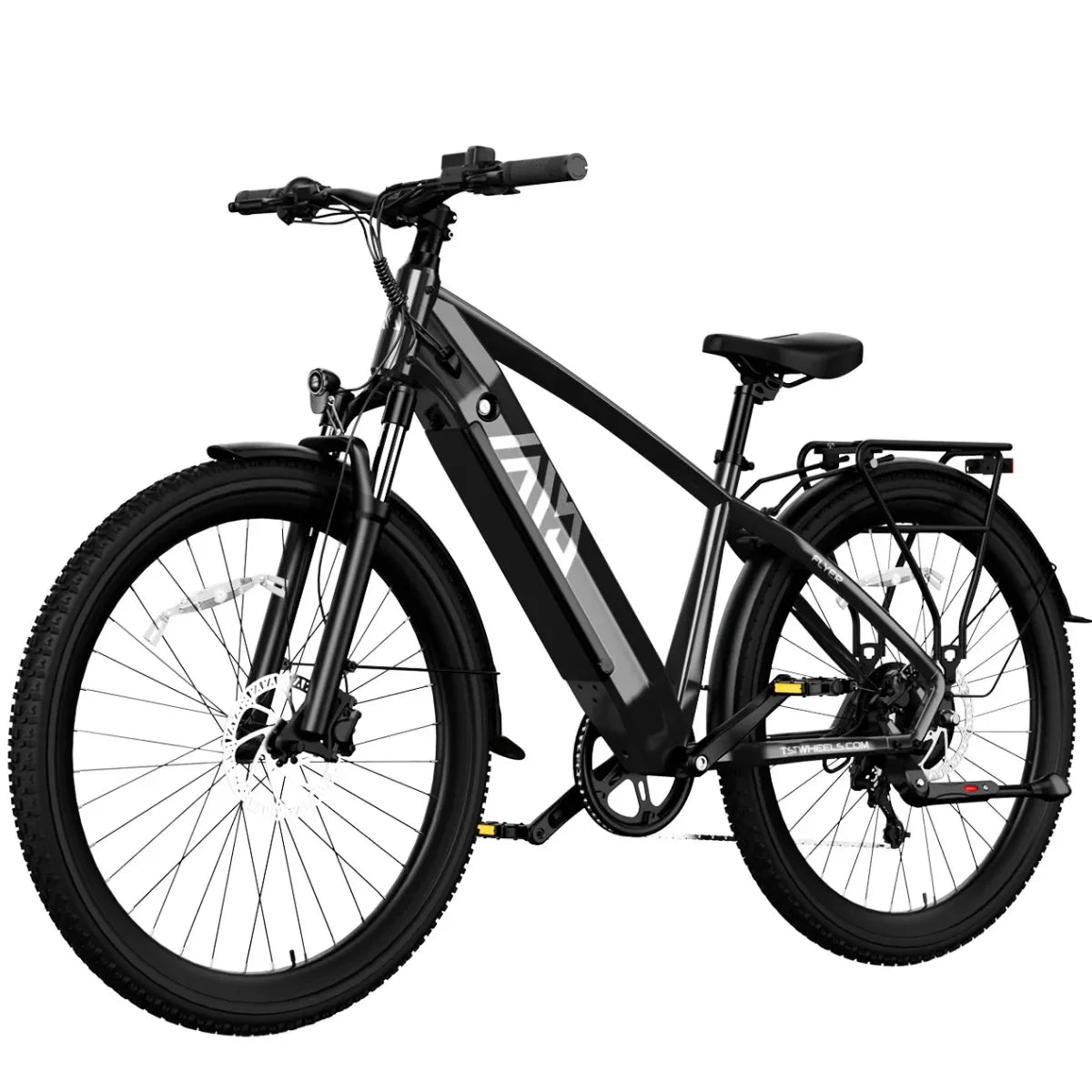
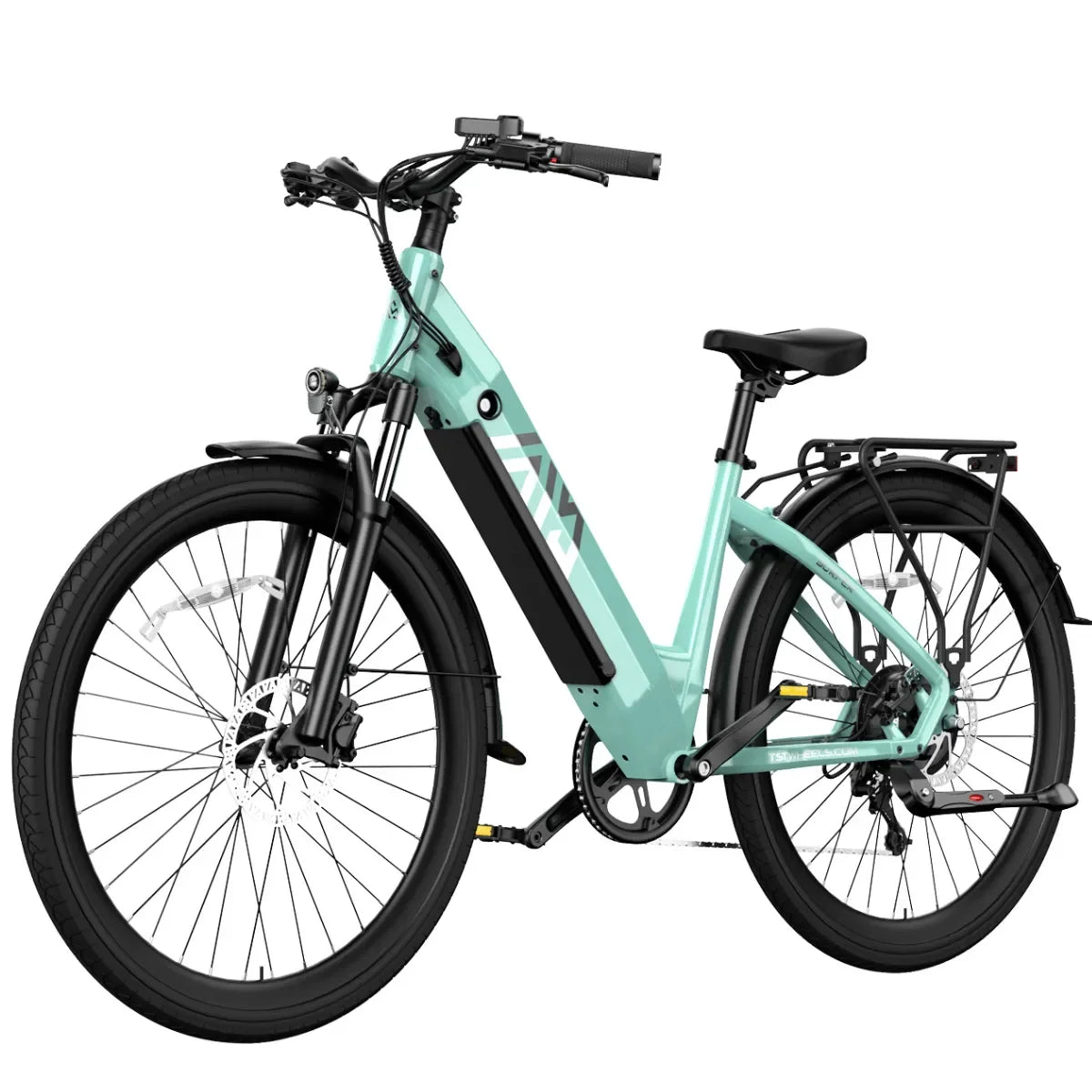
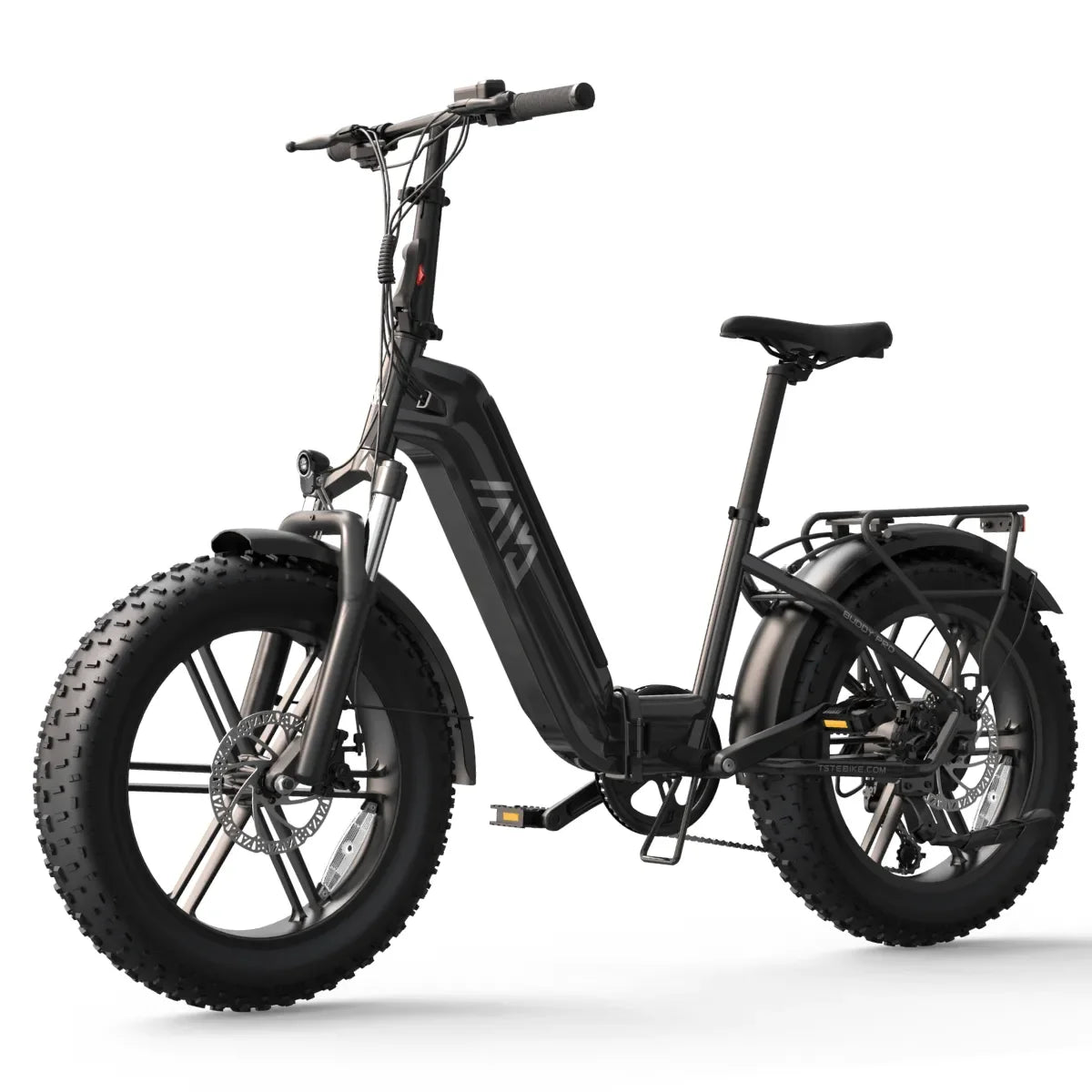
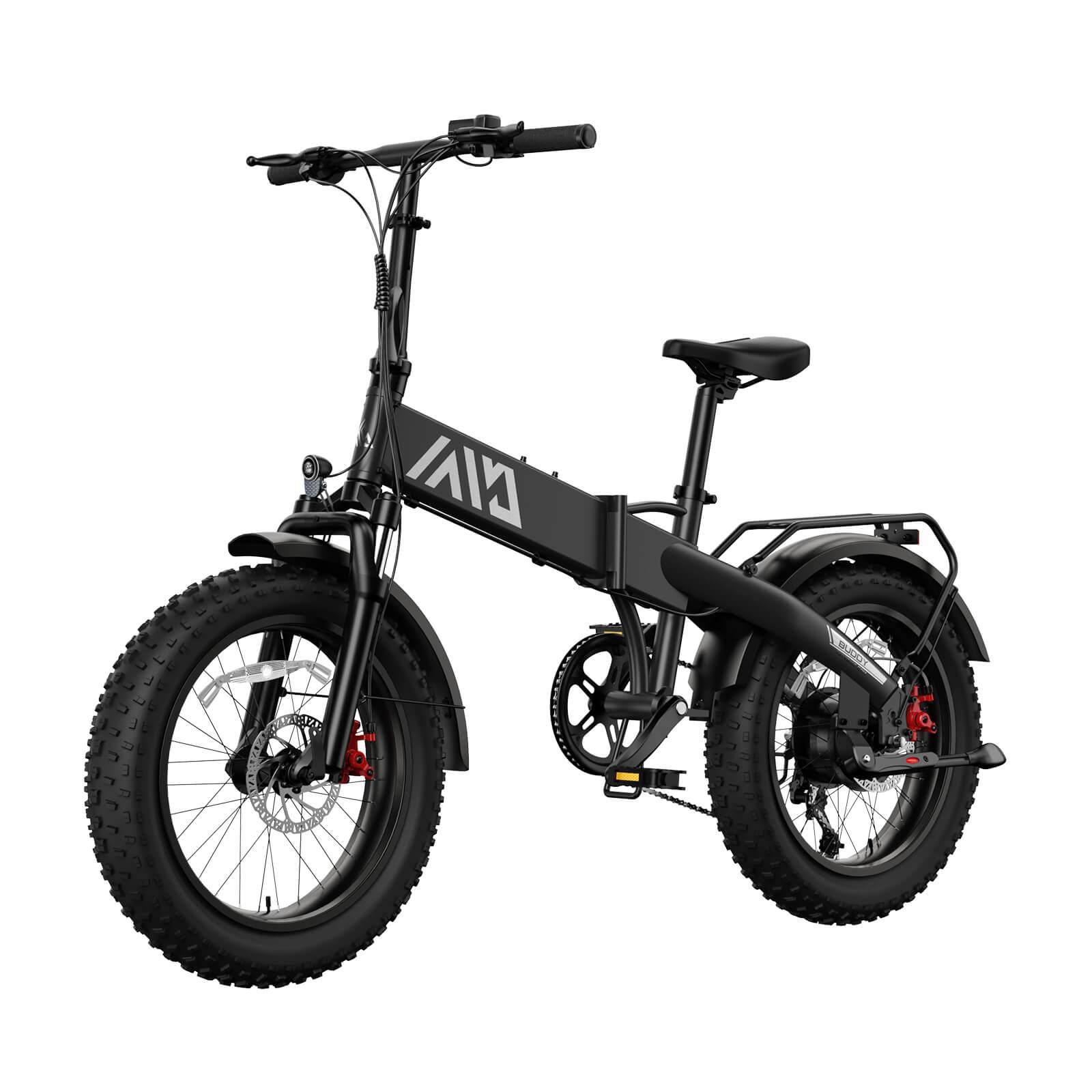
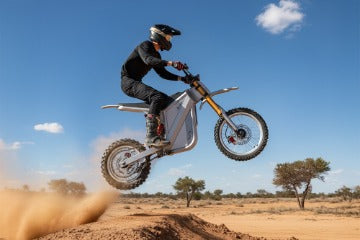
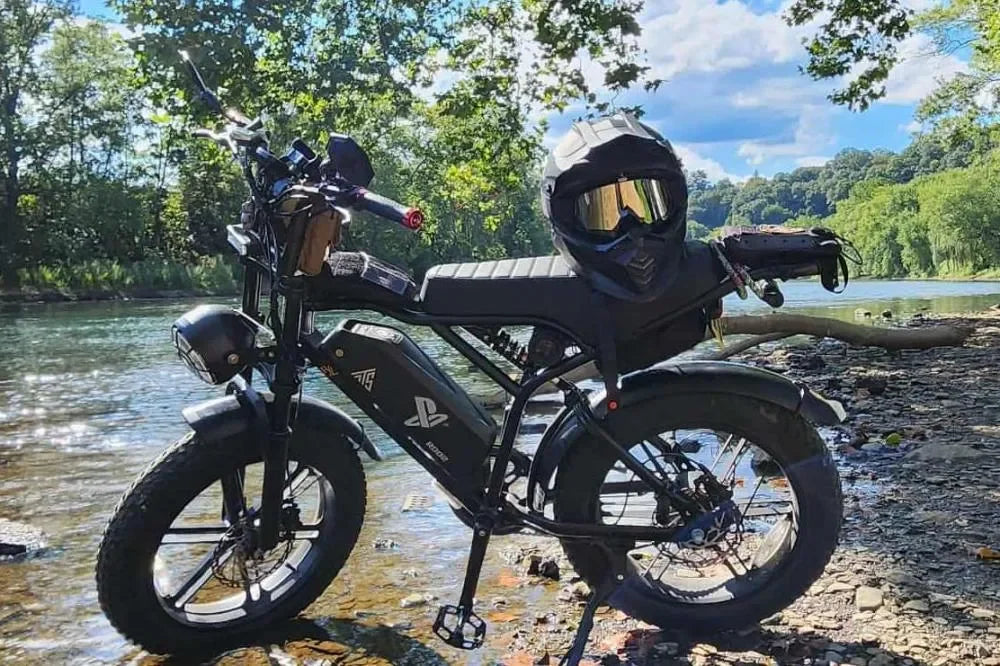
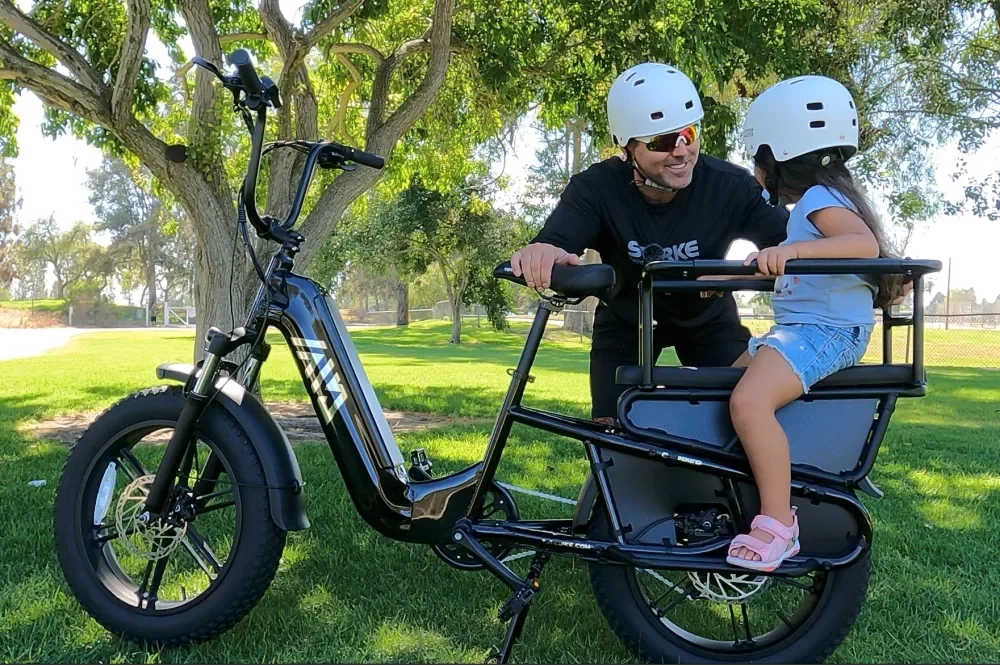

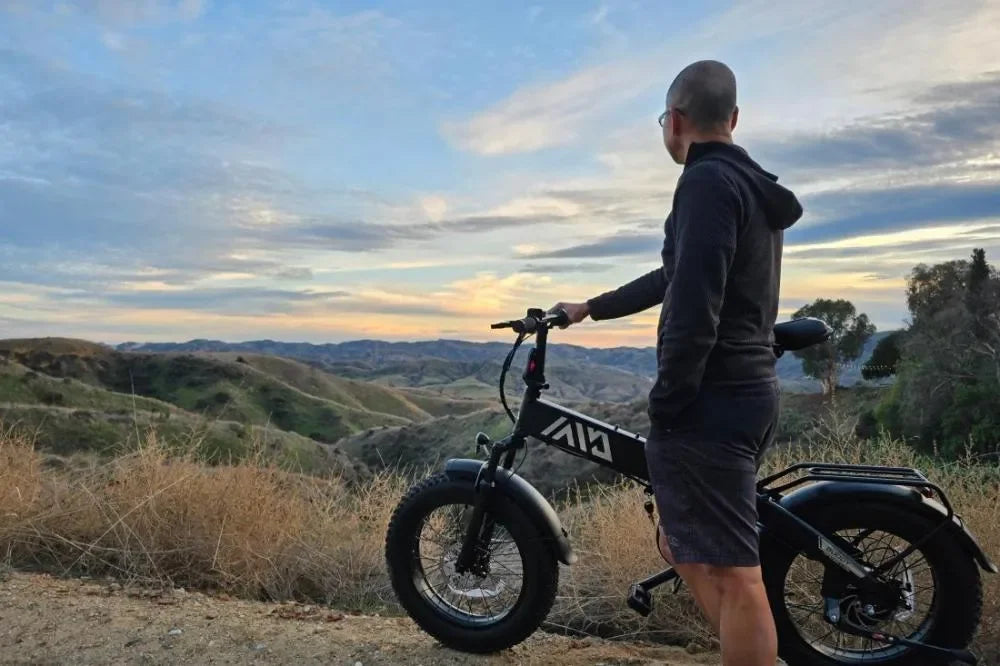
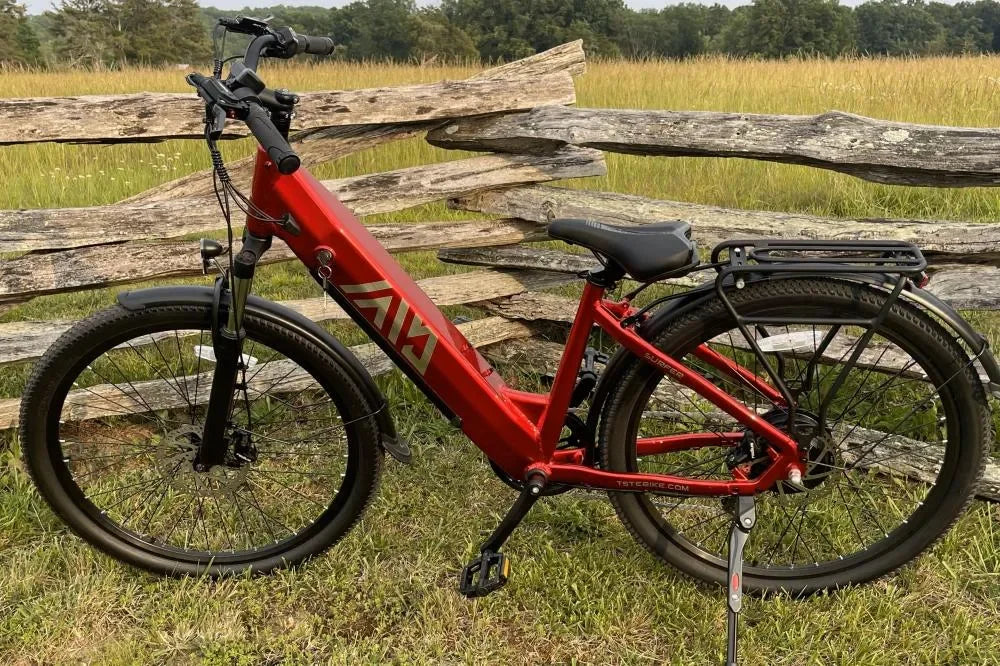
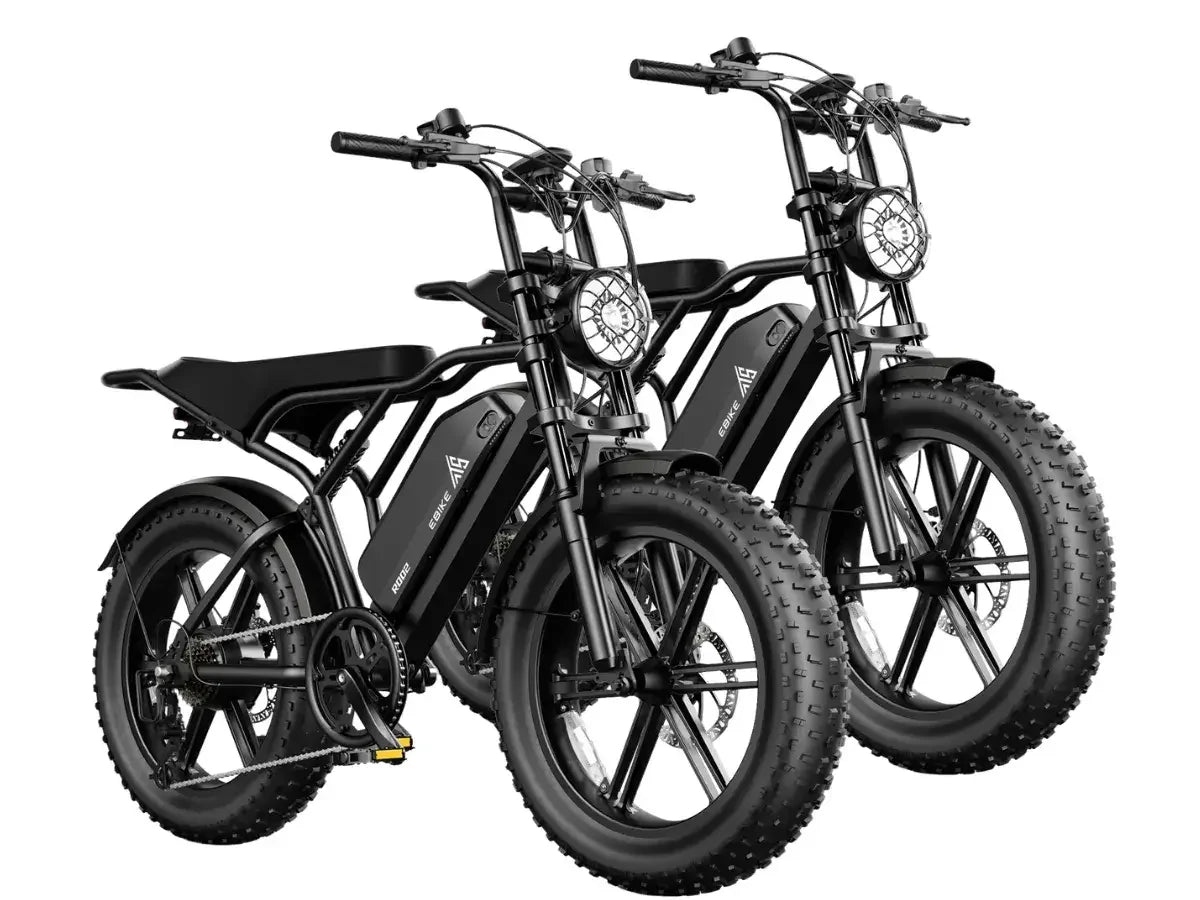
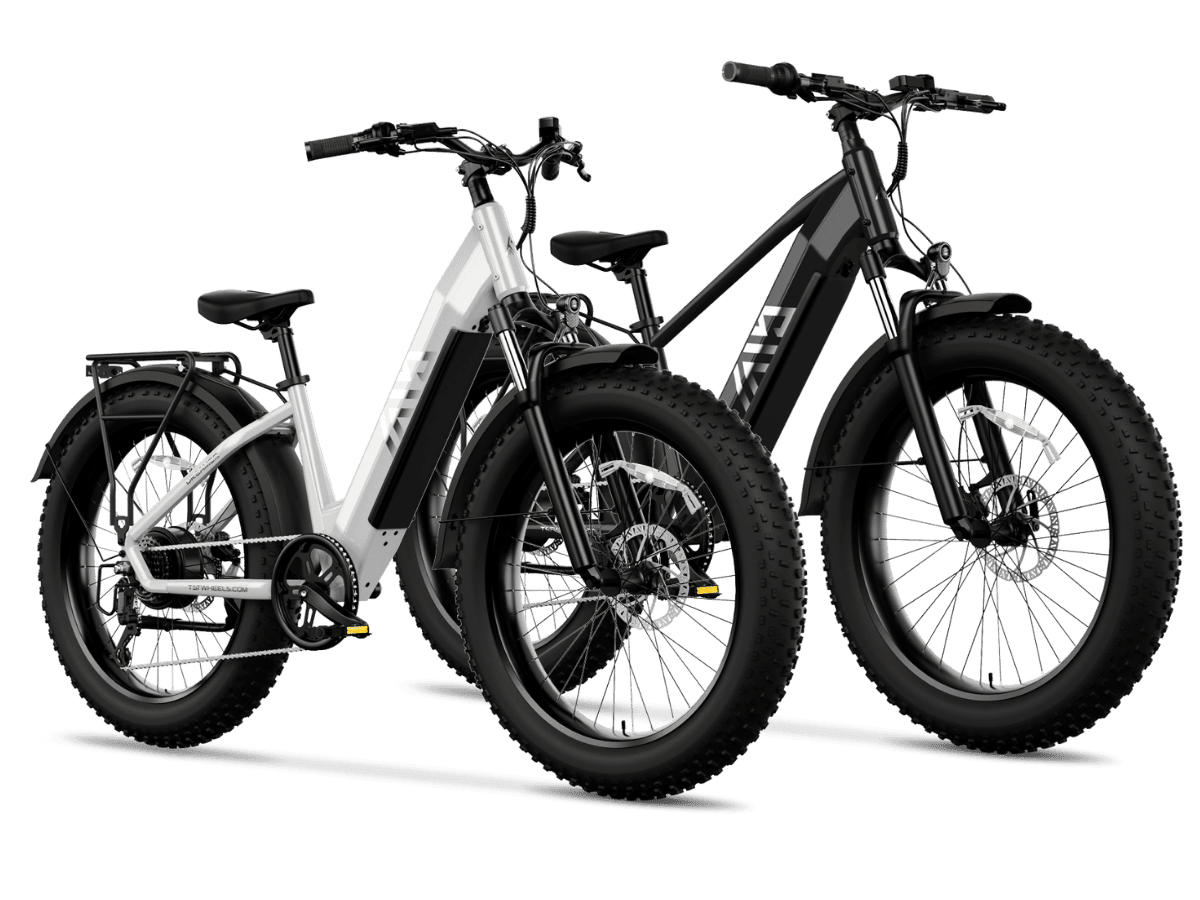
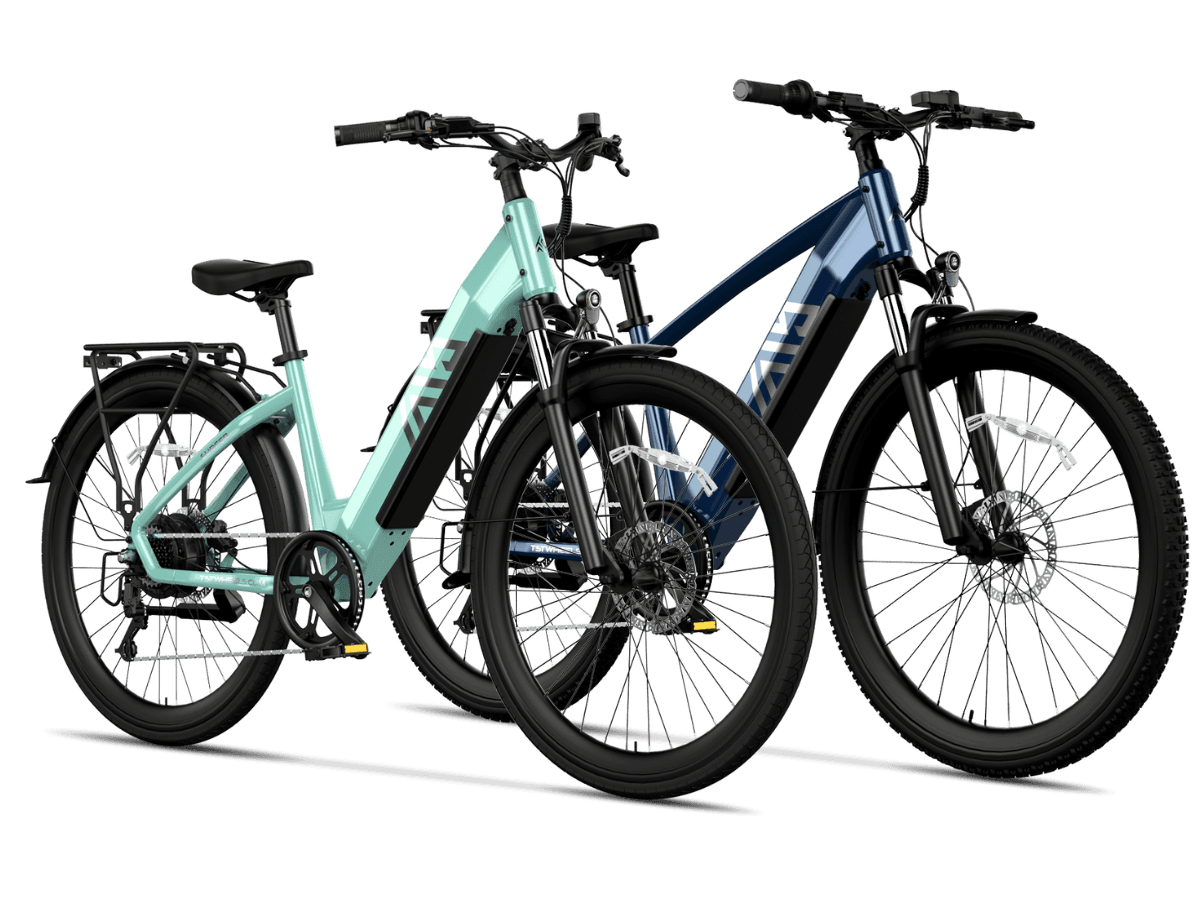
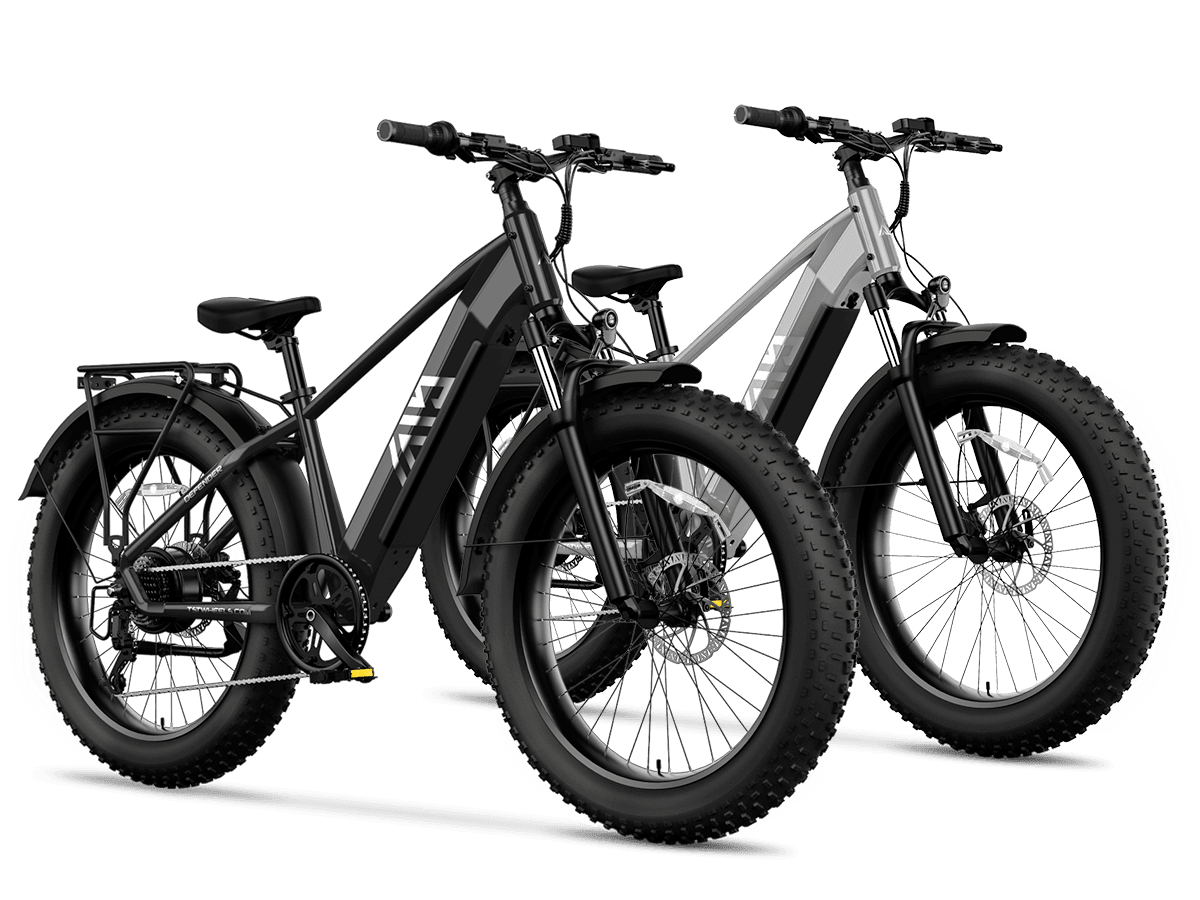
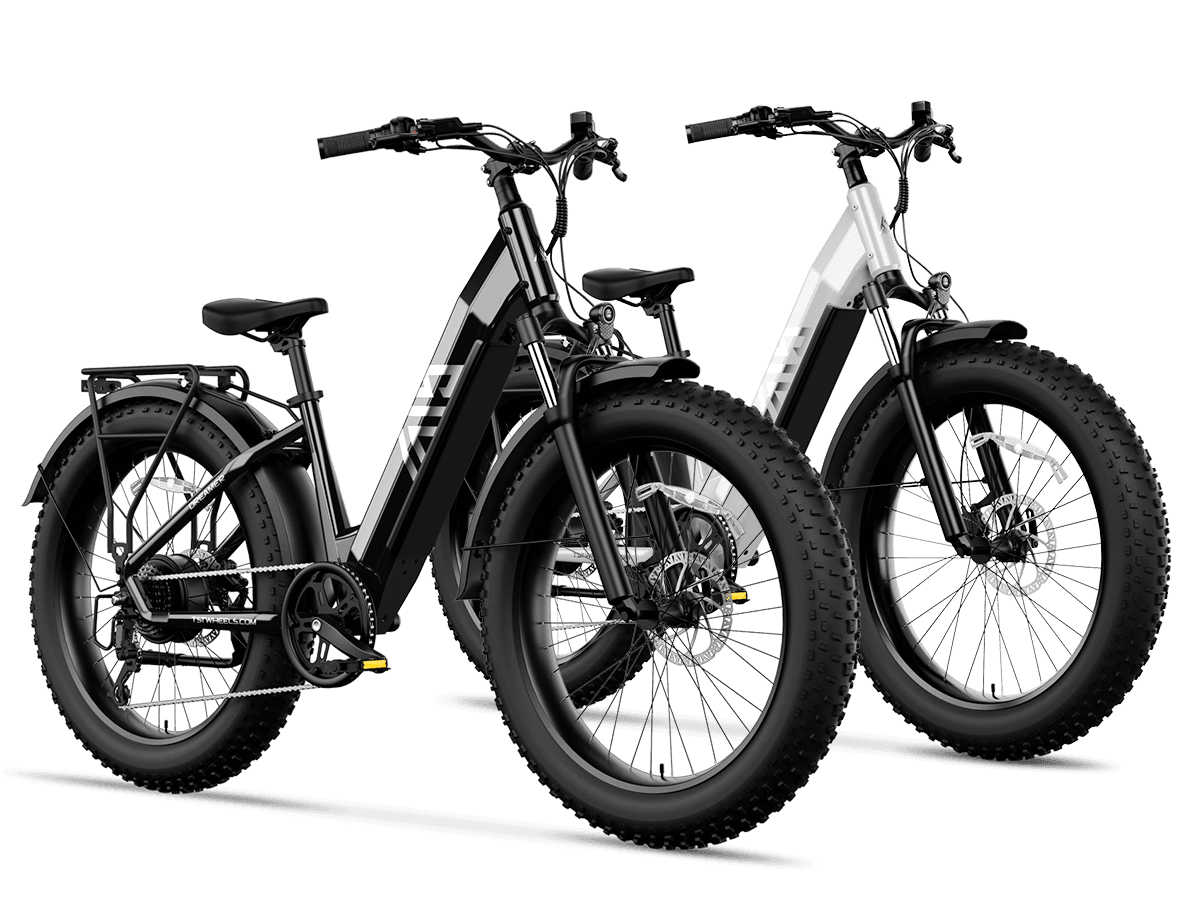
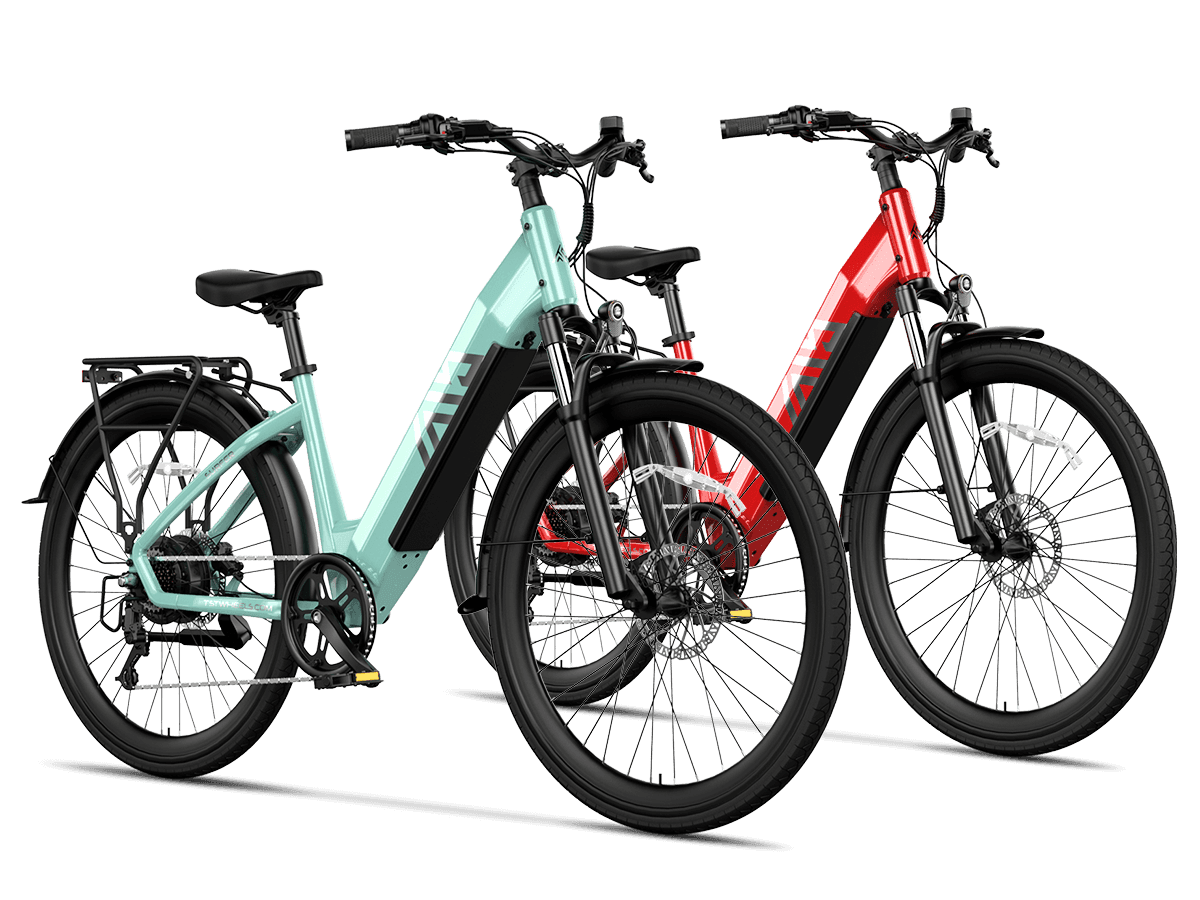
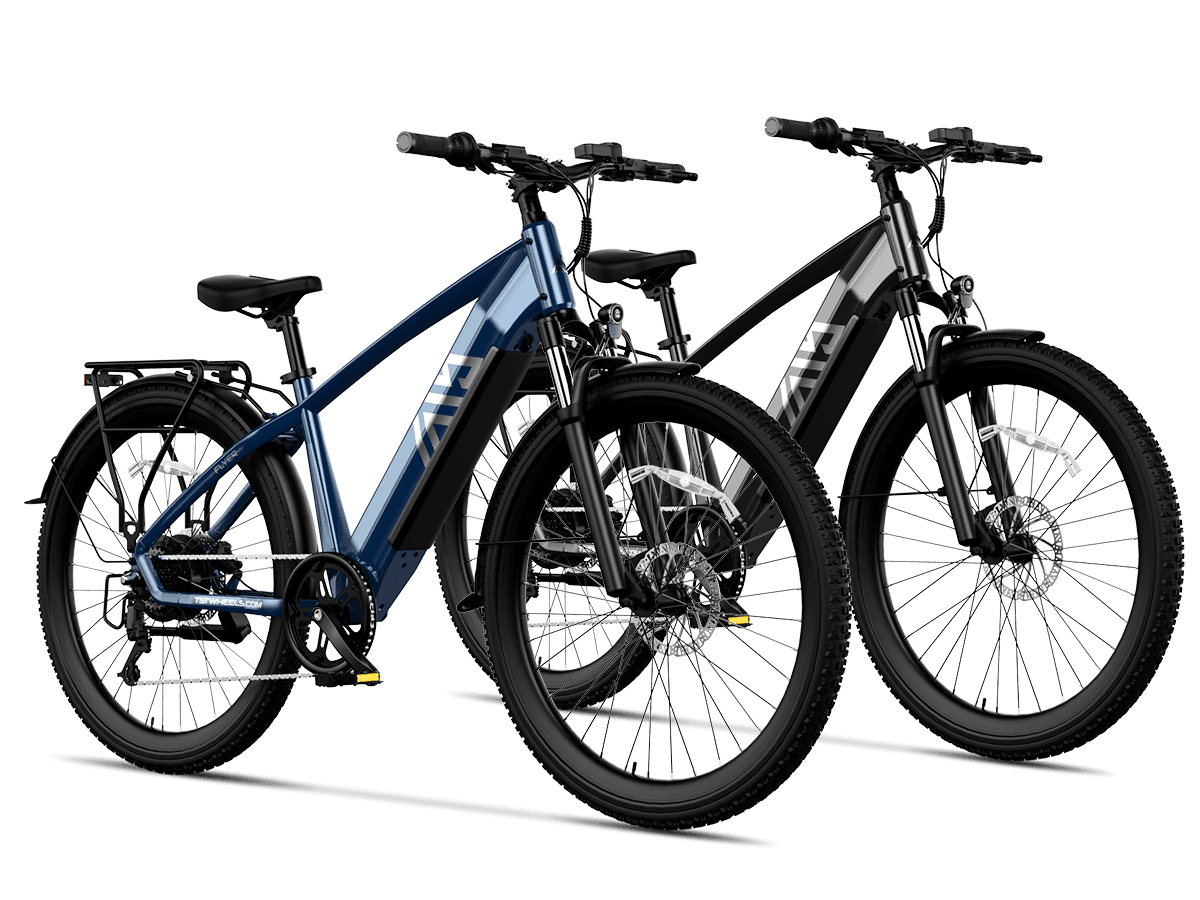
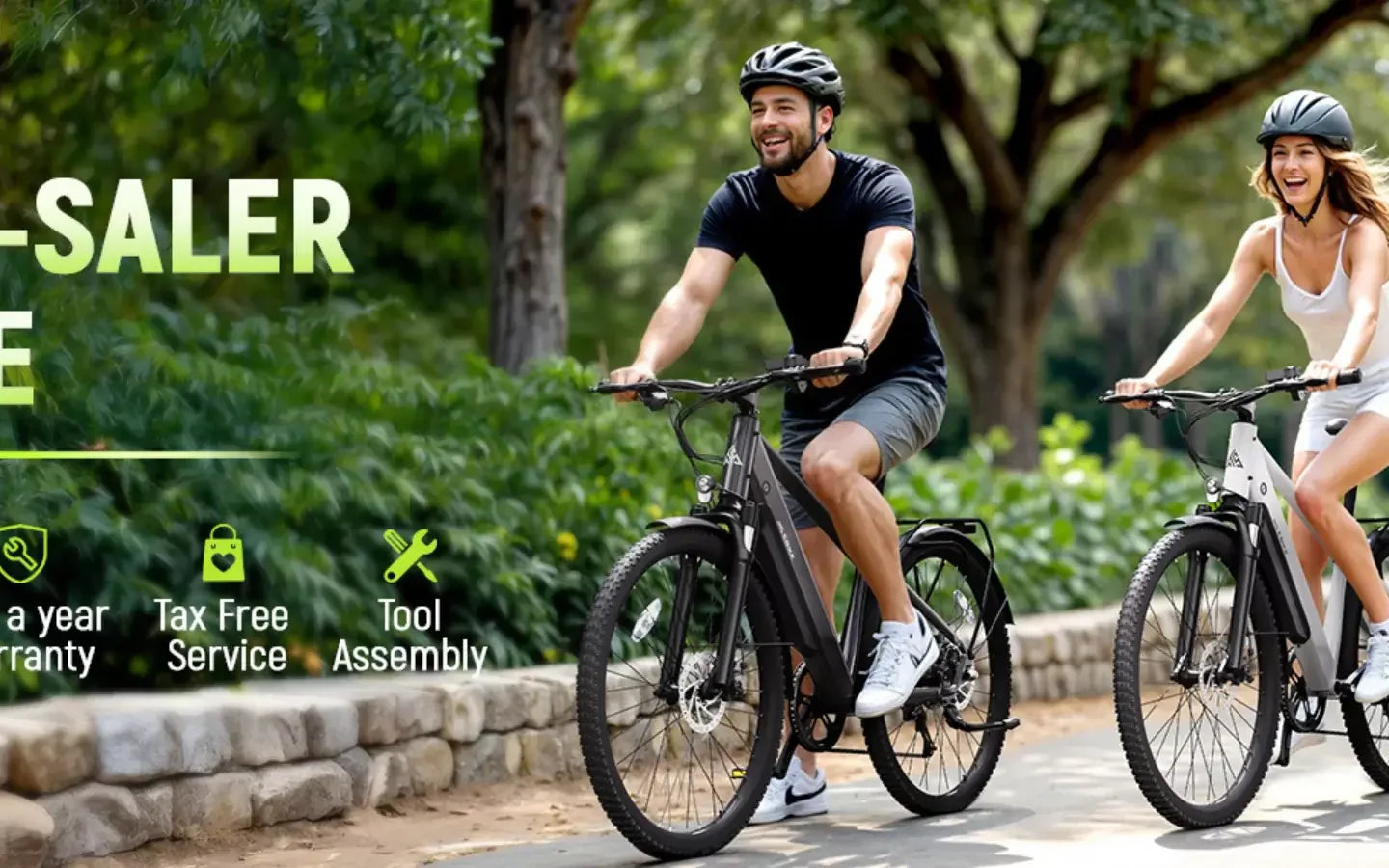
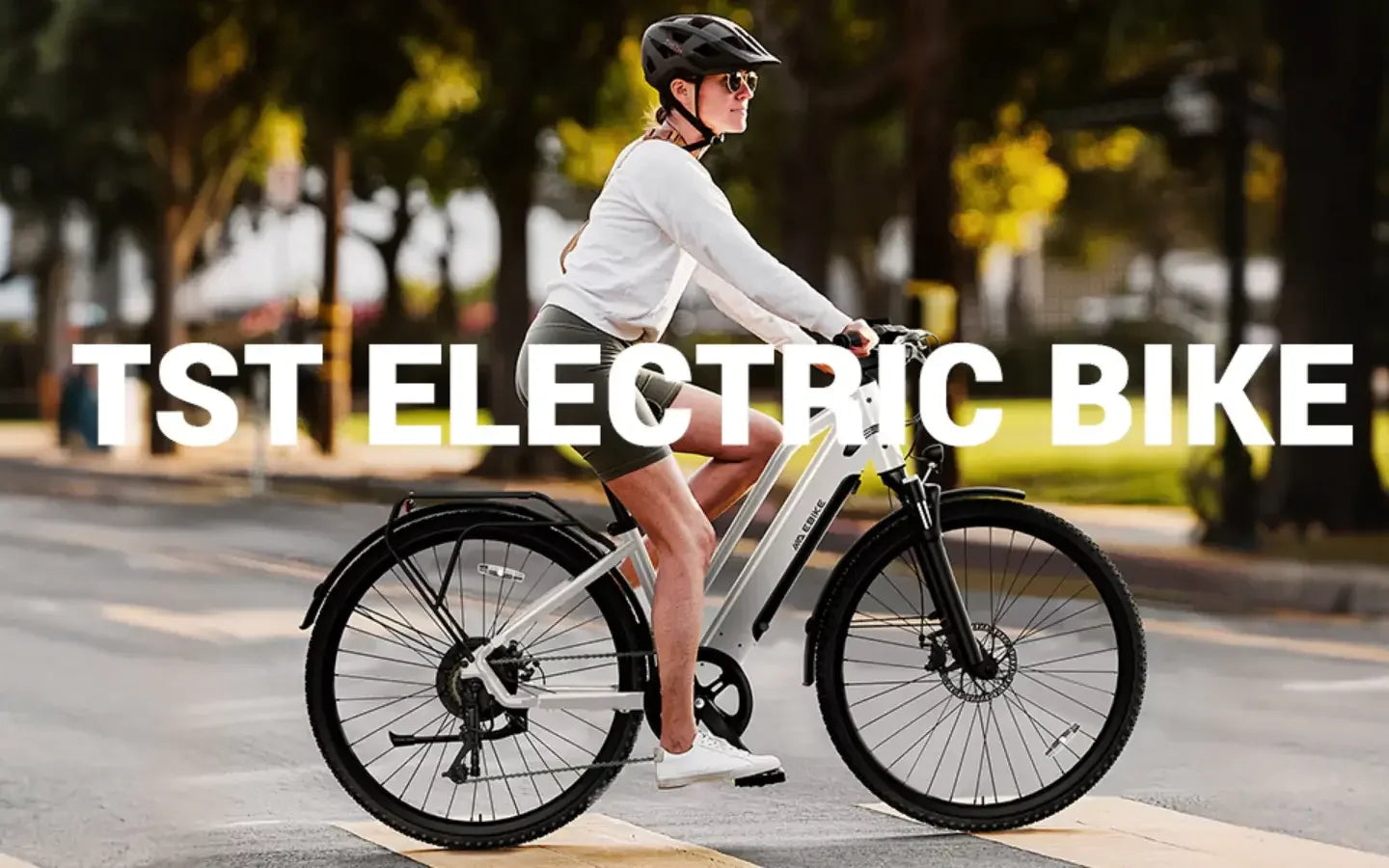
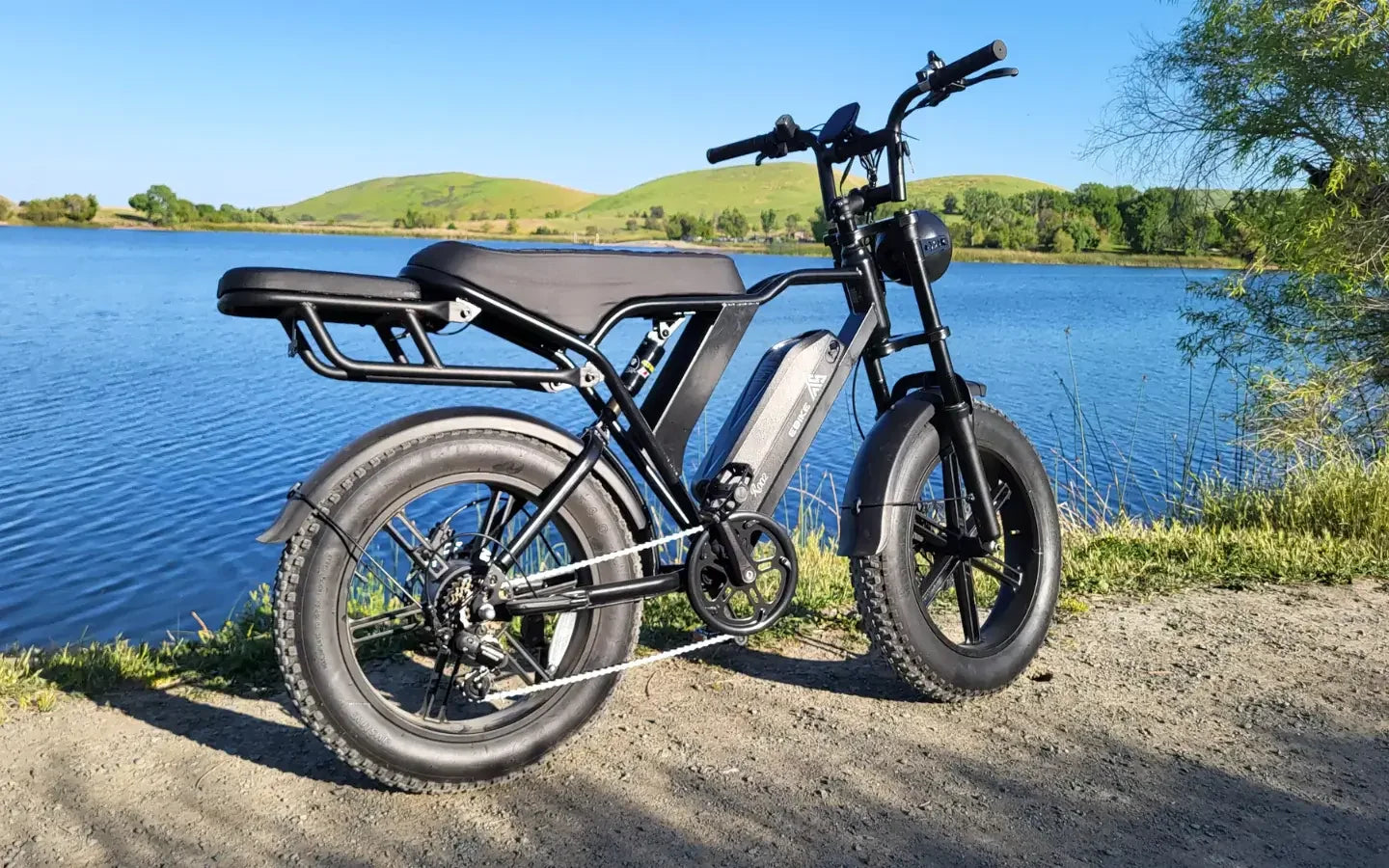
Leave a comment
This site is protected by hCaptcha and the hCaptcha Privacy Policy and Terms of Service apply.